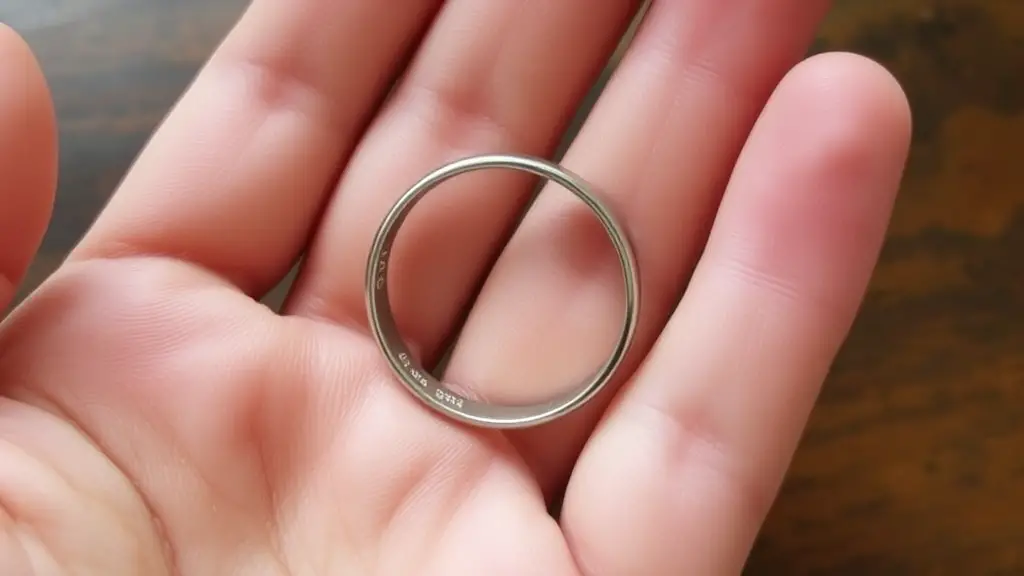
Figure 1. Testing gold for authenticity
Why are eternal values called eternal? Yes, because both in crises and in periods of prosperity they do not lose their importance. And when hard times come, people try to save their money not in “iPhones” and cryptocurrencies, but in gold. However, this also applies to good times – all financial guides consider the precious metal as a strategic asset, and recommend investors to keep at least 5-10% of their portfolio in gold.
Jewelry is also an investment. First of all, it is an asset, and therefore their purchase should be approached as pragmatically as possible. But what if you are offered to buy a bracelet or a ring “by hand” at a price lower than in a jewelry store or pawnshop? Be vigilant! And be sure to check the product, even if it is stamped. How to check the authenticity of gold at home? This is what we will talk about in this article.
Ways to check the authenticity of gold
The question of how to determine the authenticity of gold, people asked at all times. Tried by tooth and taste, drowned in “royal vodka” (a mixture of concentrated acids – nitric and hydrochloric), weighed on hydrostatic scales invented by Archimedes, and the like. We do not advise biting gold – the soft metal can be damaged. And “tsar vodka” with Archimedes’ scales are unlikely to be found in your pocket. But there are several less exotic methods using improvised means.
Method 1. Iodine
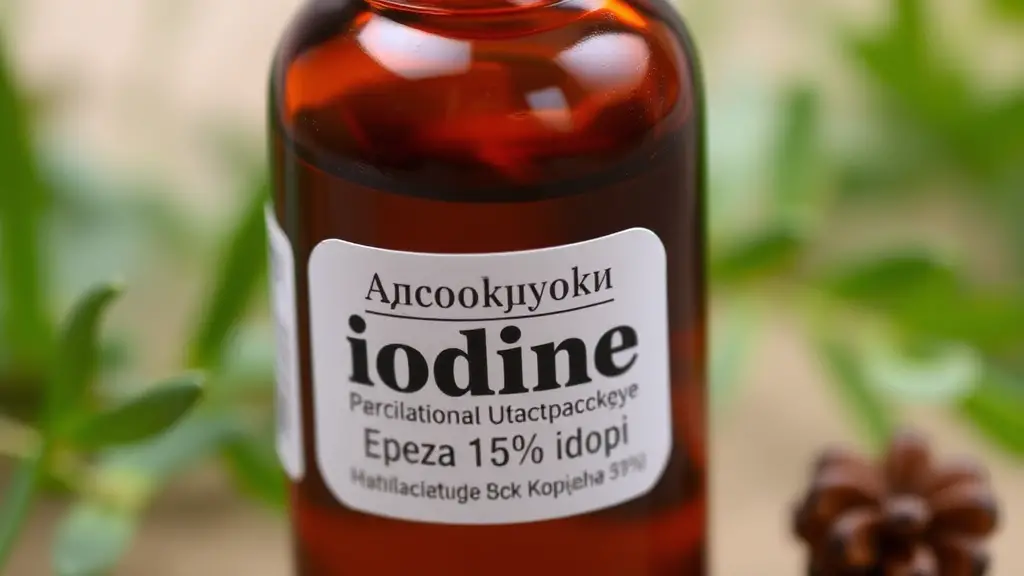
Fig 2. How to determine the authenticity of gold using iodine
How to determine the authenticity of gold at home with the help of ordinary iodine, which is used to treat wounds and smear scraped knees of children? Take a pencil with iodine (available in any pharmacy) or a bottle of iodine solution. “Griffel” pencil or cotton swab with the solution on the inner surface of the jewelry and observe. If the stroke became whitish, then you have low-grade gold or not precious metal at all. If the stroke remains dark – congratulations on a successful purchase.
Of course, this method does not give a 100% guarantee of the authenticity of the product. Yes, and the risks of ruining the jewelry is high – iodine from gold is washed off only by special means or long soaking in a solution of hydrogen peroxide and soap.
Method 2: rubbing alcohol
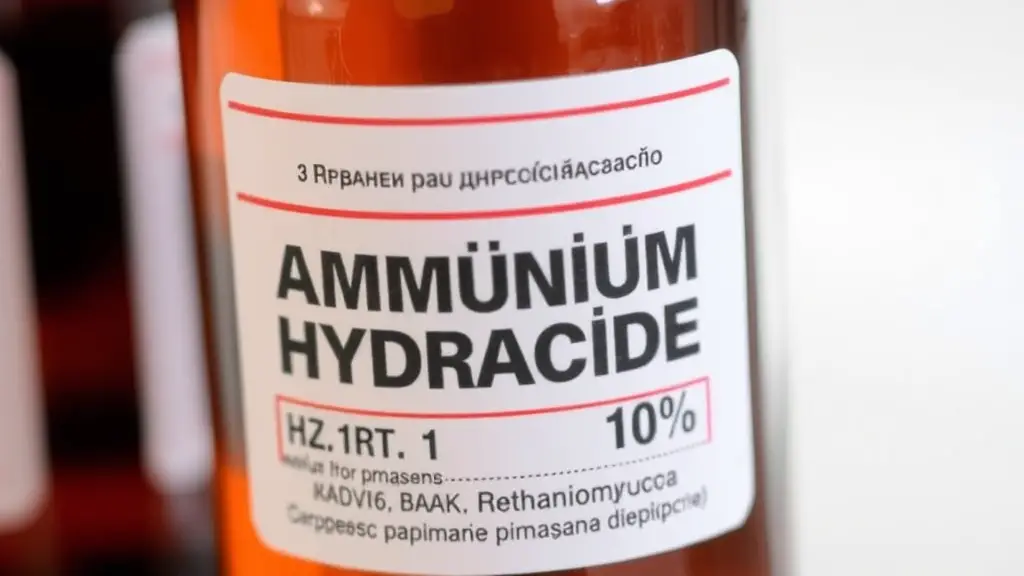
Fig 3. Checking gold for authenticity ammonia alcohol
Let’s tell you how to test gold for authenticity using ammonia. A bottle with it can be used not only to bring ladies to their senses after getting acquainted with the price tags in “jewelers”. Soak the tip of a cotton swab in the liquid and rub a small area on the surface of the product with it. If the absorbent cotton is colored in a blue color – alas, in front of you fake.
Method 3. Lapis (silver nitrate)
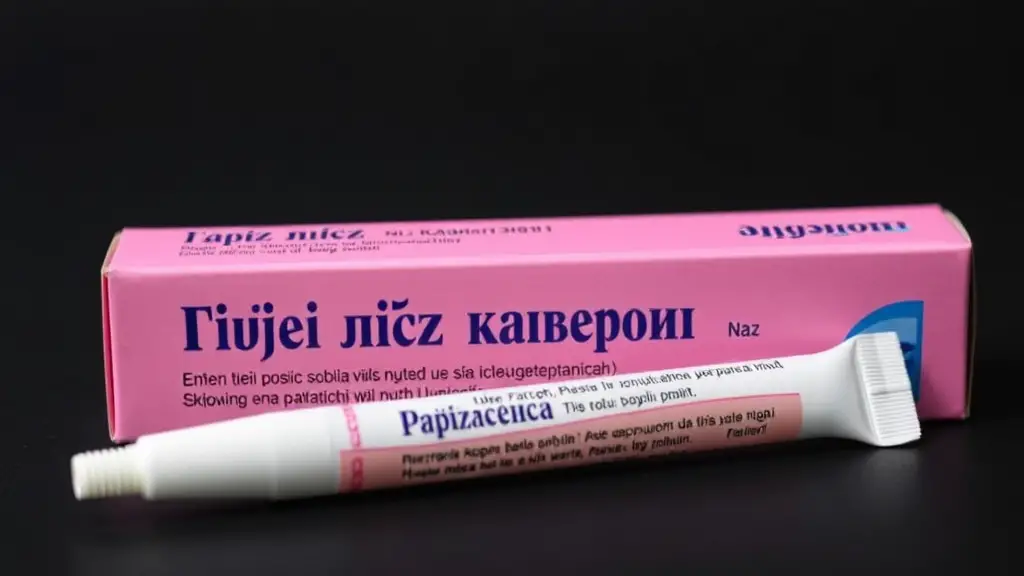
Fig 4. How to check gold for authenticity lapis pencil
If you do not know how to determine the authenticity of 585 gold, take a lapis pencil to a meeting with the seller of jewelry or coins. To test the authenticity of the item, wet the pencil and apply a small stroke to the surface of the item. Then rinse it off and evaluate the result. Trace darkened? It means that either you are facing a fake, or the gold grade is much lower than 585 and contains a large percentage of ligature. The point is that zinc, nickel, copper and other alloys react with lapis, but gold and silver do not.
This method has several disadvantages. First – you can get burned if you are careless with lapis. The second – the sample will not show anything if the product has a layer of gilding.
Method 4. vinegar

Fig 5. Checking for authenticity with vinegar
How to determine the authenticity of gold at home with the help of vinegar? It is enough to pour vinegar into a glass and lower the product into it. After a few minutes, the fake will darken, and the gold will remain in its original form.
This method of determining the authenticity of metal is quite dangerous. First, it is necessary to use vinegar essence with a concentration of 70%. Vinegar for salads with a concentration of 6% or 9% will not work. Secondly, the liquid must be well heated, and its vapors are far from harmless. Third, if a high-quality gold alloy includes ligature with copper content, the product will be spoiled.
And another point. Jewelry with pearls should not be checked with vinegar – pearls will simply dissolve.
Method 5: Sun
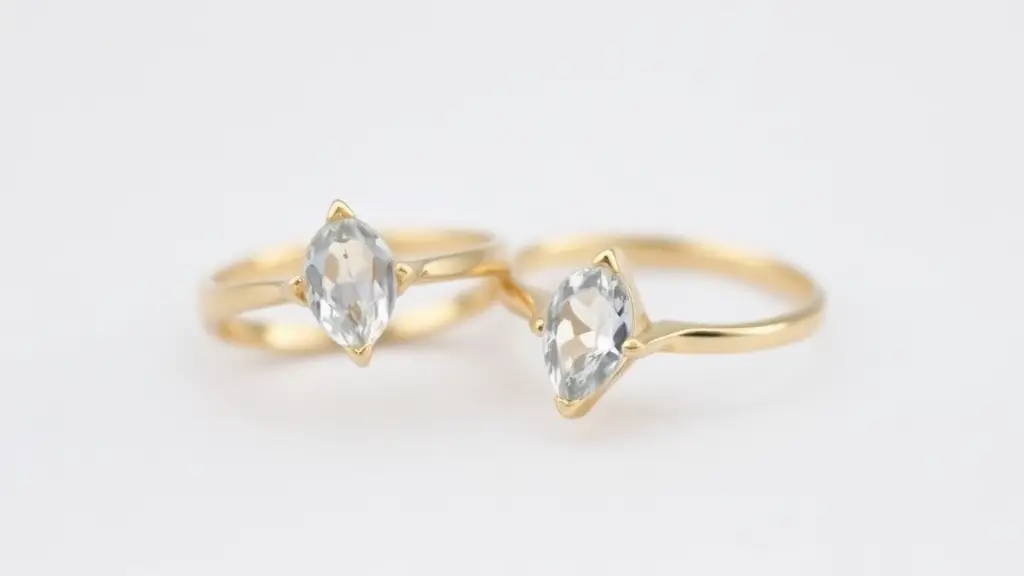
Fig 6. Real gold shines both in the sun and in the shade
Look at your purchase in the sun and in the shade. Even in dim light, gold shines just as much as it does in sunlight. The controversial nature of this method does not even need comments. It is good only in combination with other methods of testing.
Method 6. Heat
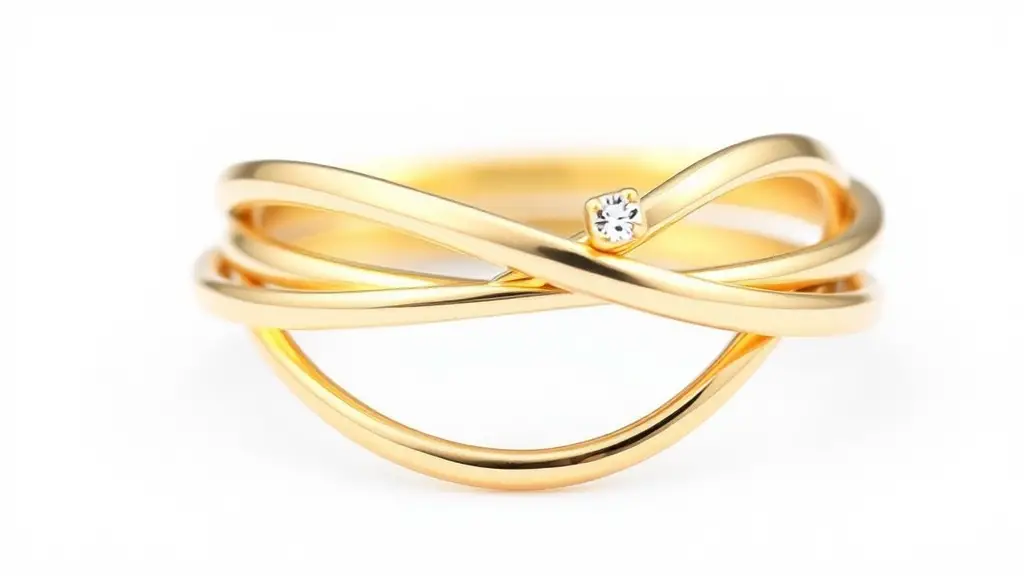
Fig 7. Gold conducts heat well
Gold conducts heat very well. To check the authenticity of jewelry, dip it in hot water, and after 15 seconds remove it. The metal will warm up to the temperature of the water. Also a very controversial method.
Method 7: Magnet

Fig 8. Real gold does not react to a magnet
Our grandparents used to test gold for authenticity with a magnet, because this precious metal is diamagnetic. This means that if you put any strong magnet near it, the gold will not react to it.
There are disadvantages to this method as well. The first is that the magnet can attract the clasp of the item, and that’s okay. For clasps on chains or bracelets, manufacturers sometimes take carbon steel. The second point is modern technology. Today, many manufacturers of fake gold products use alloys that also demonstrate diamagnetic properties. And the third: an ordinary refrigerator magnet will not do.
Method 8. Ceramics
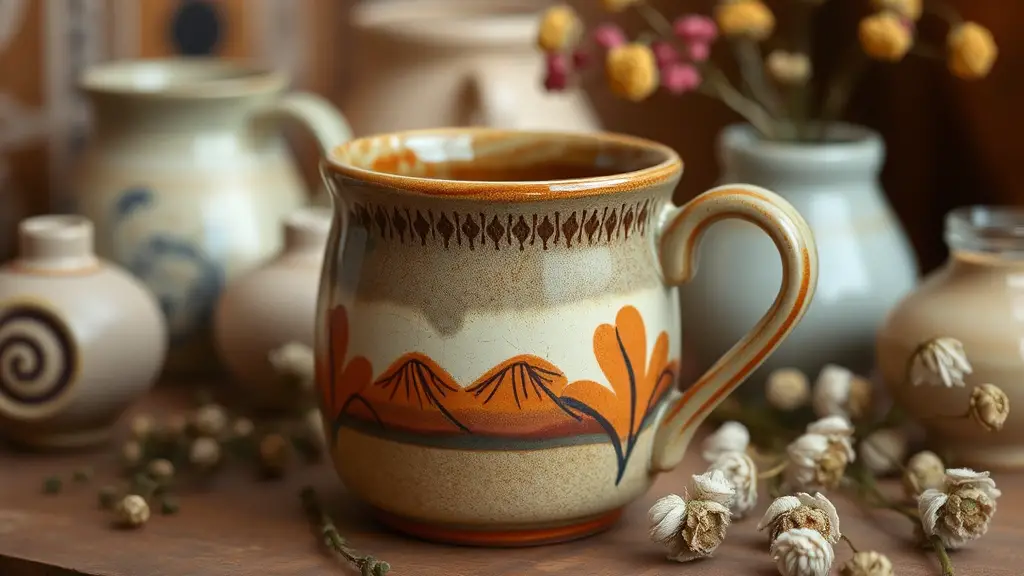
Fig 9. Genuine gold leaves traces on ceramics
This method is from the same cluster to which the metal-to-tooth test belongs. Run a ring over a piece of unfired pottery. If the trace is black or gray, you have a fake. If golden – authentic.
Of course, after such a test you will have to immediately run to the jeweler – to fix the damage to the jewelry. And to prevent this damage or not to buy a cheap fake at the price of an expensive product, do not try to check its authenticity yourself, and start immediately with a visit to the jeweler. Only a specialist, who has modern techniques and tools at his disposal, will be able to accurately determine whether your ring is really made of gold.